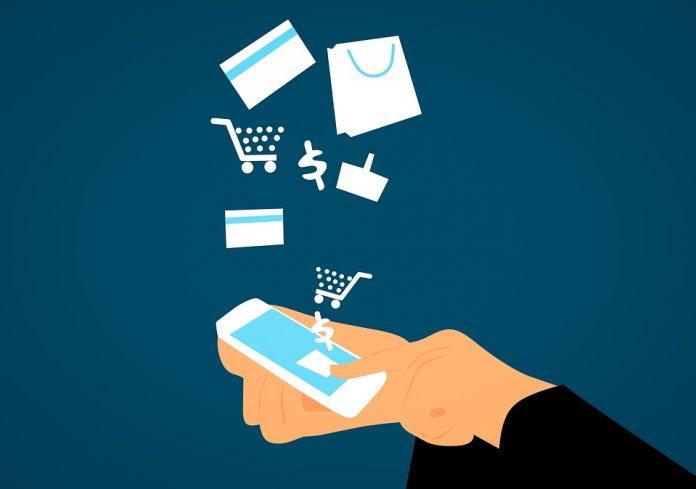E-commerce merchants know just how hard it is to attract customers. Most merchants face stiff competition from a range of online stores, so getting a customer to engage with your checkout process is an accomplishment on its own. However, the fact that a customer is engaging with the checkout process does not mean the transaction will be completed.
Here we look at three ways your company can ensure that you don’t lose out on revenue.
1. Don’t lose customers over fraud prevention
E-commerce fraud is so commonplace that most merchants of size implement fraud protection of some kind. Not all fraud and chargeback solutions are the same, however, and many can lead to a loss of trade due to false positives. As much as you want to prevent fraud by declining transactions which are not bona fide, declining an authentic transaction due to an incorrect judgment from a fraud prevention system means that you will lose the revenue. However, this is preventable:
Fraud detection powered by machine learning
Machine learning is causing a revolution in fraud detection. The inflexible rules used by many fraud detection systems can cause bona fide transactions to be flagged incorrectly, leading to a false positive and lost revenue. Fixed rules are also not adaptable, while in contrast machine learning can adapt to changes in the fraud environment as it learns by observing. Essentially, fraud detection by machine learning can reduce the amount of revenue you lose due to falsely flagged transactions.
Chargeback protection
As much as it is important to get customers to finish their transactions, it is also important that merchants have chargeback protection in place if chargebacks for completed transactions occur. A chargeback implies that the merchant loses the goods shipped and the funds paid by the customer, while at the same time paying chargeback penalties. A good fraud prevention solution will also offer a chargeback guarantee, covering a merchant for all lost revenue, and doing so quickly – with the best solutions, repaying chargebacks within 48 hours.
2. Keep customers from abandoning carts
It’s common for customers to start the buying process, only to drop off and never complete the transaction. With online cart abandonment hovering at just under 70% this is clearly an issue of prime concern for ecommerce merchants. Card abandonment can occur for many different reasons, and getting right a number of small but important factors can help prevent this from happening.
Focus on cart functionality
For example, giving your customer a progress indicator while they check out can help them gauge how far along the process they are. In contrast, if customers feel unsure about how long the process will take it can lead to them abandoning the contents of the shopping carts. Clearly stating important costs such as shipping fees or any card charges is also helpful, while presenting a clear (and editable) layout of the final cart choice, including costs, makes it easy for customers to simply skip out on an item instead of dropping off on account of one unwanted item.
Make it easy to pay
Payment can be a relatively nervous step for customers, especially if they have never done business with you before. Checkouts that connect with trusted and well-known payment systems such as PayPal and Google Pay can help your customers overcome any hesitation. Even if you don’t use a popular payment service, do ensure you take care of the essentials: a secured site, and clear instructions on completing payment details, all in an effort to create an environment of trust.
3. Remind customers who dropped off to come back
Just because a customer has failed to complete a purchase doesn’t mean they’ve lost interest. There are numerous reasons why a purchase was interrupted, many of which have nothing to do with the intrinsic value of the merchant’s site. Why not remind customers to return?
Send an email
The better e-commerce platforms can help you stay in touch with existing customers. If you notice an existing customer didn’t complete a purchase, it’s worth sending an email encouraging them to return. Automated emails like these can include the contents of carts, plus an easy link back to your website which lets a customer complete a purchase with a single step.
Use intelligent advertising
If you don’t have the contact details of your customer, you can use an advanced advertising platform such as Google to help you reach out. With banner advertising, it’s easy to remind customers of cart items they have viewed, and a little bit of persistence in continuously displaying ads can be very effective in turning a customer back to a purchase.
Maximizing sales is not just about attracting customers
In fact, boosting your sales is about trying to generate revenue out of every single customer who visits your site. Applying effective fraud measures is a good first step, as correctly declining fraudulent transactions will save money – but you don’t want to decline good customers in the process. Merchants should also focus on getting the essentials right on their website, while never giving up on customers, using every avenue to draw customers back in.
Find a Home-Based Business to Start-Up >>> Hundreds of Business Listings.















































